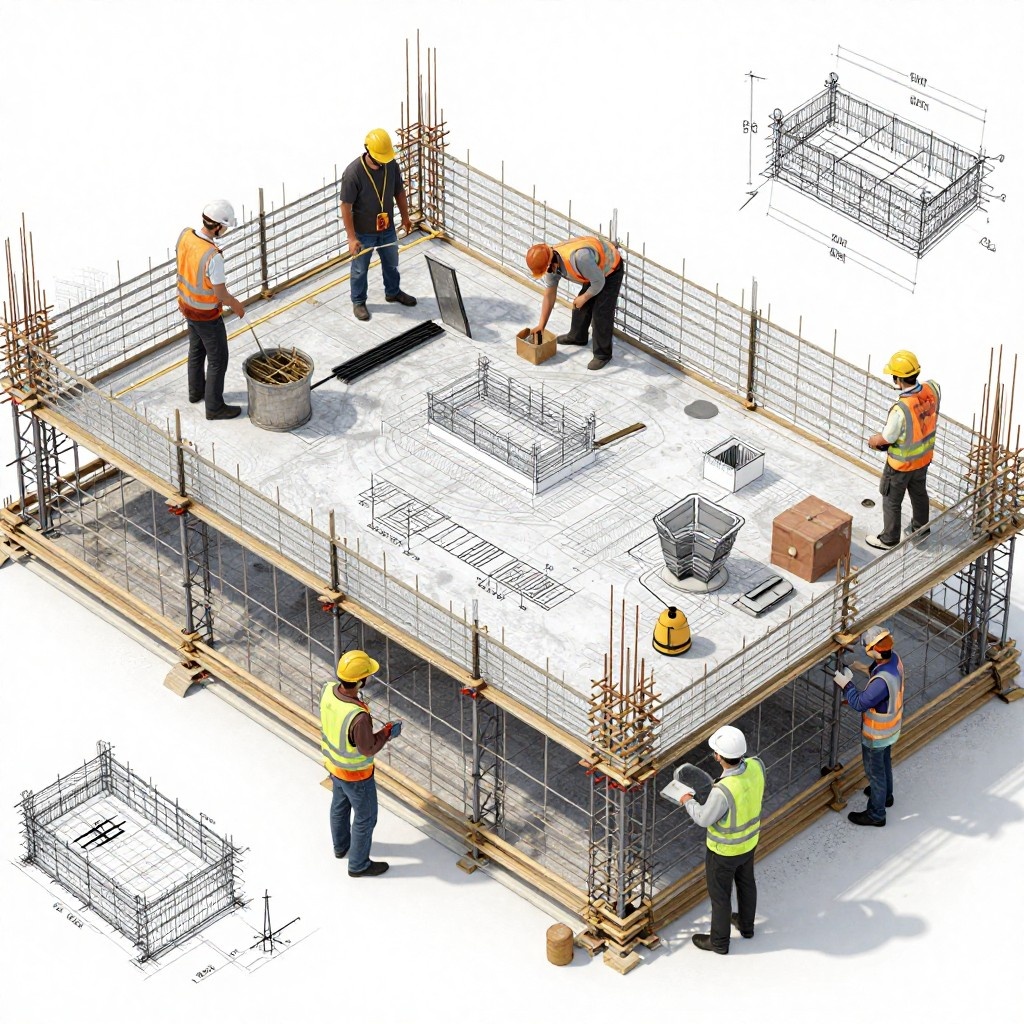In the dynamic world of structural engineering, staying ahead often means embracing innovative technologies that streamline processes, enhance collaboration, and deliver superior results. Among the plethora of software solutions available, Revit stands out as a game-changer for structural engineers. This BIM software not only revolutionizes the way structures are designed but also offers a host of advantages that elevate efficiency, accuracy, and creativity. In this blog post, we'll delve into the top 10 advantages of Revit for structural engineers, exploring how this powerful tool can empower professionals in the field.


1. Enhanced Collaboration
Revit facilitates seamless collaboration among architects, engineers, and other stakeholders involved in the design and construction process. Its cloud-based platform enables real-time sharing of project data, allowing team members to work concurrently on the same model. This collaborative environment fosters communication, reduces errors, and ensures everyone is on the same page throughout the project lifecycle.

2. Comprehensive Design Capabilities
With Revit, structural engineers can create detailed 3D models that accurately represent the intricacies of building structures. Its extensive library of parametric components enables engineers to efficiently design beams, columns, slabs, and other structural elements. The software's intuitive interface and powerful tools empower engineers to explore various design alternatives and make informed decisions that optimize performance and cost-effectiveness.

3. Integrated Analysis Tools
Revit seamlessly integrates with structural analysis software, allowing engineers to perform complex analyses directly within the BIM environment. This integration eliminates the need for manual data transfer, reducing errors and saving time. Engineers can conduct structural simulations, assess load-bearing capacities, and optimize designs for maximum efficiency, all within the familiar Revit interface.

4. Automated Documentation
One of the most significant advantages of Revit is its ability to generate comprehensive construction documentation automatically. From detailed drawings and schedules to material takeoffs and quantity surveys, Revit streamlines the documentation process, ensuring accuracy and consistency throughout. This automation not only saves time but also reduces the likelihood of errors associated with manual drafting.
5. Clash Detection and Coordination
Revit's clash detection feature enables structural engineers to identify and resolve conflicts between structural elements, architectural components, and MEP systems early in the design phase. By detecting clashes before construction begins, engineers can prevent costly rework and delays, ultimately saving time and money. Revit's coordination tools facilitate seamless integration of various building systems, ensuring optimal performance and functionality.


6. Parametric Modeling
Revit's parametric modeling capabilities empower structural engineers to create intelligent, data-rich models that capture design intent and performance criteria. By defining parameters and constraints, engineers can explore multiple design iterations and analyze their impact in real-time. This iterative approach enables engineers to optimize structural designs for efficiency, sustainability, and resilience, ultimately delivering better outcomes for clients and stakeholders.

7. Sustainable Design Features
In today's environmentally conscious world, sustainability is a key consideration in structural design. Revit offers a range of tools and features that enable engineers to incorporate sustainable design principles into their projects. From energy analysis and daylighting studies to material selection and life cycle assessment, Revit equips engineers with the tools they need to create buildings that are environmentally responsible and resource-efficient.
8. Improved Visualization and Communication
Revit's advanced visualization capabilities allow structural engineers to create compelling renderings, animations, and walkthroughs that bring designs to life. These visualizations not only help clients and stakeholders better understand the project but also facilitate communication and decision-making throughout the design process. By presenting designs in a clear and engaging manner, engineers can garner support and buy-in from all parties involved.

9. Seamless Interoperability
Revit supports interoperability with a wide range of software applications commonly used in the AEC industry. Whether exchanging data with CAD programs, analysis software, or project management tools, Revit ensures seamless integration, eliminating compatibility issues and streamlining workflows. This interoperability enables structural engineers to leverage the full potential of Revit while integrating with existing tools and processes.
10. Continuous Innovation and Support
As a flagship product of Autodesk, Revit benefits from ongoing development and innovation, with regular updates and new features added to enhance functionality and usability. Autodesk also provides comprehensive support resources, including online tutorials, user forums, and technical documentation, ensuring that structural engineers have the assistance they need to maximize their productivity and proficiency with the software.
In conclusion, Revit offers structural engineers a myriad of advantages that elevate their capabilities and enable them to deliver superior outcomes for their clients and stakeholders. From enhanced collaboration and comprehensive design capabilities to automated documentation and sustainable design features, Revit empowers engineers to work more efficiently, creatively, and effectively than ever before. By embracing this innovative BIM software, structural engineers can unlock new possibilities and take their designs to new heights.




